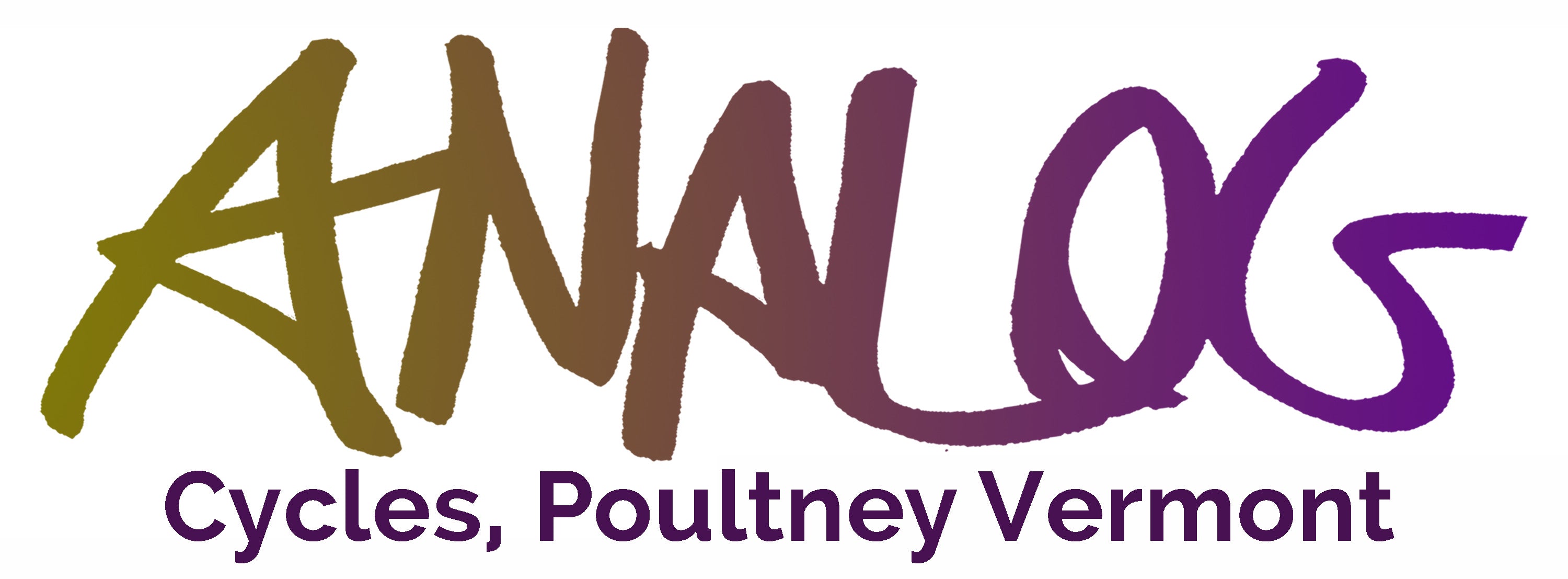What is geometric trail?
Trail is a measurement created by drawing a line along your head angle to the ground, and a perpendicular line from the ground up to the front hub. The difference in degrees between where those two lines intersect is called trail. Basically, it’s a measurement of how far the steering axis intersects the ground ahead of the tire contact patch. Numbers nerds read this next bit: Imagine two bikes with the same 73 degree head angle have two different forks. One has a fork built with 42mm of offset (sometimes referred to as rake, although they are not technically the same thing) and one has a fork with 61mm of offset. The 43mm offset fork would be considered high trail and the 61mm offset, low trail. The numbers actually don’t matter too much, but just so you have a basic idea of what this equates to: The 43mm offset fork has a trail of 59mm, and the 61mm offset fork has a trail of 41mm. That 18mm of difference is what this whole screed is about.
